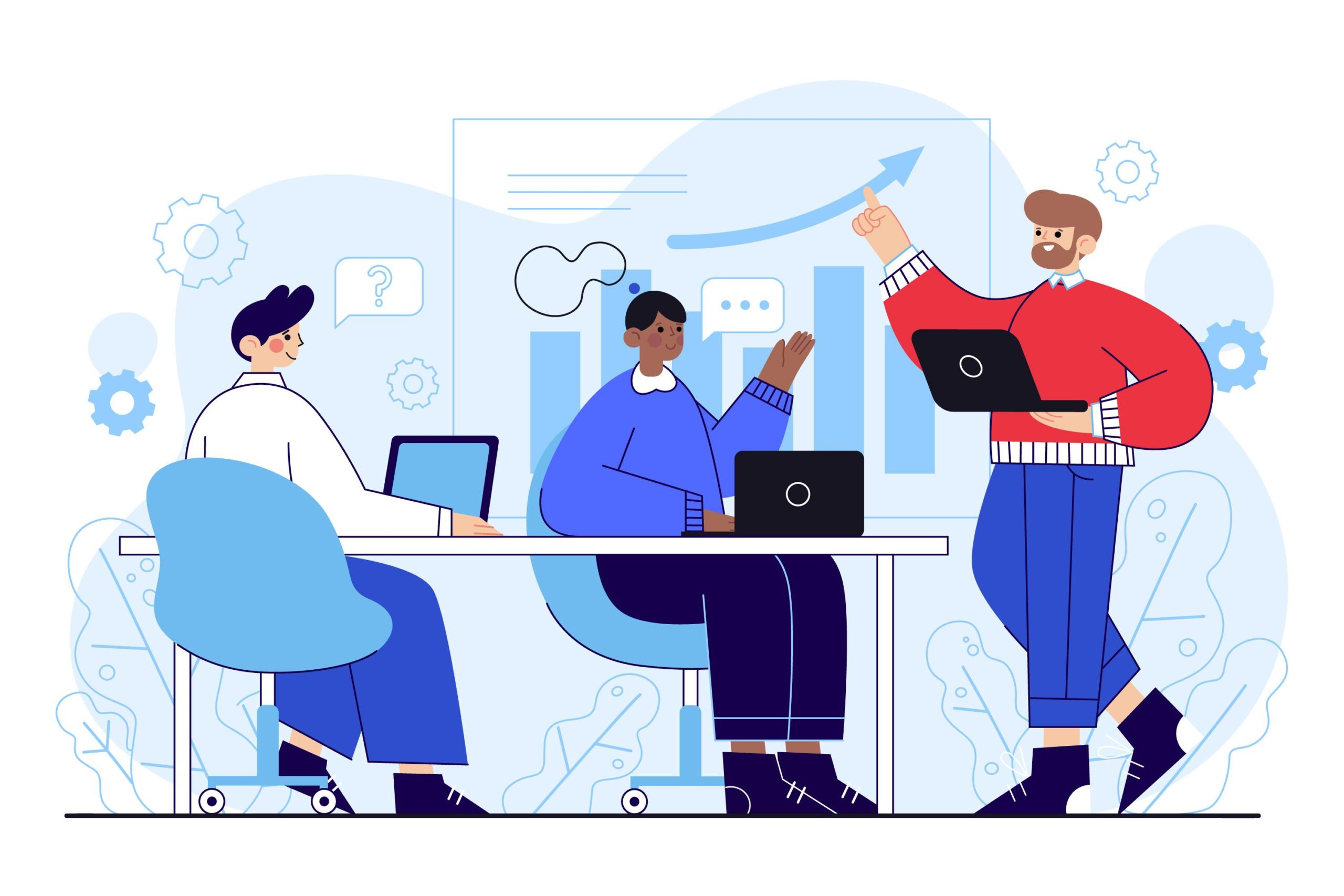Microsoft Fabric Case Study
Case Study: Building a Unified Data Lakehouse with Microsoft Fabric
A leading enterprise undergoing a major ERP transformation required a centralized data platform to consolidate data from 25+ disparate sources, streamline reporting, and enable real-time decision-making. The organization’s existing landscape was fragmented, with multiple SQL databases, Excel files, and on-premises applications. Manual reporting processes delayed insights, while the leadership team demanded a scalable, secure, and future-ready data platform.

The Challenge
Data scattered across multiple legacy systems.
Manual and fragmented reporting causing inefficiencies.
Requirement for real-time operational insights integrated with ERP.
Need for enterprise-grade security, governance, and scalability.
Long-term vision to enable predictive analytics and AI/ML use cases.
The Solution (by Titan Analytics)
Titan Analytics designed and delivered a Microsoft Fabric–based Data Lakehouse as a unified platform for enterprise-wide data consolidation and analytics.
Titan Analytics designed and delivered a Microsoft Fabric–based Data Lakehouse as a unified platform for enterprise-wide data consolidation and analytics.
Microsoft Fabric Lakehouse
Lakehouse (OneLake) with Medallion Architecture (Bronze, Silver, Gold).
Metadata
Driven Ingestion Framework to onboard 25+ data sources quickly.
Power BI Dashboards & Reports
enabling business leaders with real-time insights.
Governance & Security
Role-based access, Row-Level Security (RLS), and end-to-end encryption.
Multi-Environment Deployment
DEV, QA, PROD, and DR for resilience and scalability.
ERP Data Synchronization
ensuring smooth integration between operational systems and ERP.

Delivery Approach
Hybrid Agile-Waterfall methodology: Discovery, Development, Testing, UAT, and Go-Live in ~18 weeks.
Azure DevOps used for sprint-based delivery and transparent stakeholder collaboration.
Offshore delivery model for faster turnaround and cost optimization.
Business Impact
Centralized Data Platform eliminating silos.
50% faster time-to-insight through real-time dashboards.
70% reduction in manual reporting efforts.
Scalable foundation for predictive analytics, AI, and automation.
